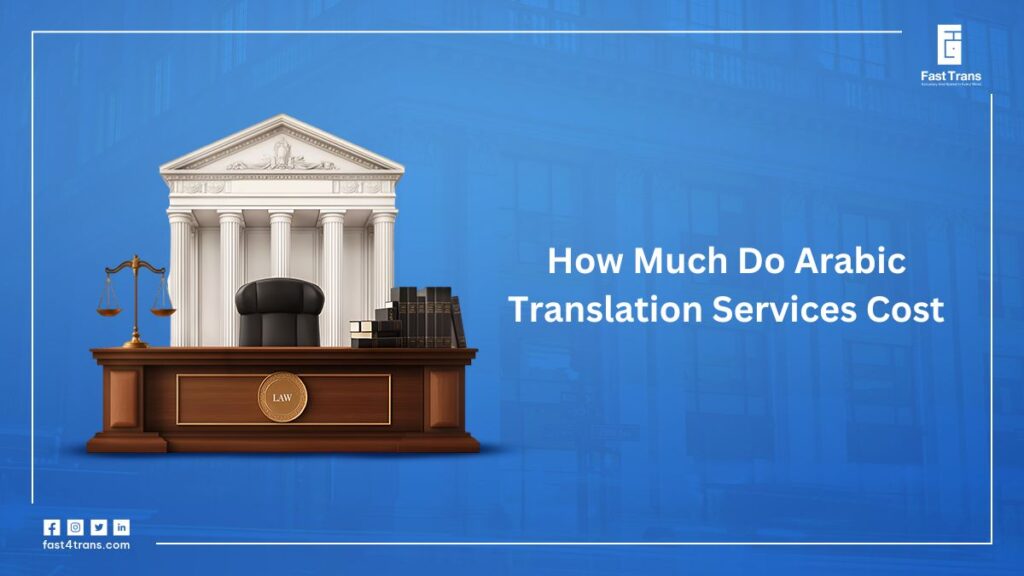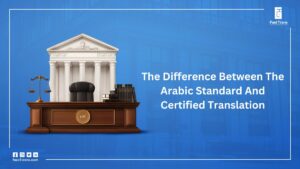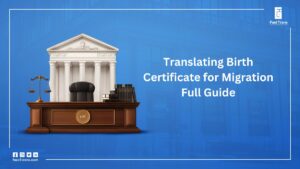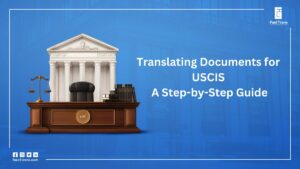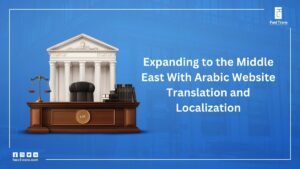Arabic is one of the most widely spoken languages in the world, with over 400 million speakers across the Middle East, North Africa, and beyond. As global businesses, academic institutions, and individuals increasingly engage with Arabic-speaking markets and communities, the demand for professional Arabic translation services has skyrocketed.
However, one of the first questions clients ask is: “How much do Arabic translation services cost?” The answer is not always straightforward, as pricing depends on several factors, including the type of document, subject matter, turnaround time, and the level of expertise required.
In this article, we’ll break down the key elements that influence cost, explore common pricing models, and provide average price ranges to help you estimate and plan your translation budget with confidence.
How Much Do Arabic Translation Services Cost?
The cost of Arabic translation services depends on the language pair and the type of content being translated. For general translation, prices typically range from $5 to $7 per page when translating between Arabic and other major languages.
Here’s a quick overview of the average rates:
- Arabic ↔ English: $5 per page
- Arabic ↔ French: $6 per page
- Arabic ↔ Turkish: $6 per page
- Arabic ↔ German: $7 per page
- Arabic ↔ Italian: $7 per page
- Arabic ↔ Russian: $7 per page
These rates apply to general texts. Specialized translations — such as legal, medical, or technical content — may cost more depending on the complexity and required subject-matter expertise.
Prices may vary based on content complexity, formatting, or urgency. Custom quotes are available upon request. For an exact price, please contact us directly with your document for a quick, free estimate.
Factors That Influence the Cost of Arabic Translation
The cost of Arabic translation services can vary significantly depending on several key factors. Understanding these elements will help you anticipate pricing and make informed decisions when choosing a provider.
1. Language Pair
Not all language pairs cost the same. Translating between Arabic and widely spoken languages like English or French is generally more affordable due to the high availability of translators. However, less common pairs, such as Arabic ↔ Japanese or Arabic ↔ Russian, may be priced higher since qualified translators are in short supply.
2. Type of Content
The nature of the text greatly impacts cost. Simple, everyday documents are less expensive than highly specialized content. For example, technical manuals, legal contracts, or medical reports require subject-matter expertise and precision, which often increases the rate.
3. Complexity and Expertise Required
Documents that involve advanced terminology, formatting, or cultural adaptation typically cost more. A literary work, for example, demands creativity and cultural sensitivity, while a technical patent requires legal and technical accuracy. The higher the expertise needed, the higher the price.
4. Turnaround Time
Urgency plays a big role in translation costs. If you need a same-day or next-day delivery, expect to pay a rush fee. Standard timelines are more affordable, while urgent projects require translators to prioritize your work over others.
5. Volume of Text
Most providers calculate translation costs based on word count or page count. Larger projects can be expensive overall, but many agencies and freelancers offer bulk discounts or lower rates for long-term collaborations.
6. Certification and Quality Requirements
For official use, such as immigration papers, academic transcripts, or government documents, certified translations are often required. These usually cost more because they involve additional steps like notarization or official stamps.
7. Pricing Model: Per Word, Hour, or Page
Another major factor influencing cost is the pricing model: translation rates per word, hour, and page that your provider uses. depending on the complexity and subject matter. This method is common for business, technical, or academic documents, as it offers transparency and fairness.
Costly Translation Mistakes You Can Easily Avoid
Investing in professional Arabic translation is about more than just converting words from one language to another; it’s about ensuring accuracy, cultural relevance, and credibility.
Cutting corners may save money upfront, but it often leads to costly mistakes that damage trust, require rework, or even create legal issues. Here are some common pitfalls to avoid:
1. Relying on Machine Translation Alone
Tools like Google Translate have improved, but they still struggle with Arabic’s complexity, especially grammar, context, and dialect differences. Using them for official, legal, or business documents can lead to embarrassing errors or misunderstandings.
2. Hiring Non-Specialized Translators
A translator who is fluent in Arabic may not be qualified to handle technical, medical, or legal texts. Lack of subject-matter expertise often results in terminology errors, which can be costly in professional or regulatory contexts.
3. Ignoring Cultural Nuances
Arabic is rich in cultural context, idioms, and expressions. A word-for-word translation may sound unnatural or even offensive to the target audience. Always choose translators who combine language skills with cultural sensitivity.
4. Skipping Proofreading and Quality Checks
Even professional translations need a second pair of eyes. Skipping proofreading or editing can leave behind typos, inconsistencies, or formatting errors that reduce credibility and may require expensive corrections later.
5. Not Preparing the Source Text Properly
Submitting messy, unstructured, or unclear source documents makes translation harder and often increases costs. Preparing clean and well-formatted text not only saves time but also reduces the risk of errors.
6. Choosing the Cheapest Option
While it’s tempting to go with the lowest price, extremely cheap translation services usually compromise on quality. This can result in additional expenses for retranslation or even reputational damage if mistakes are published.
By avoiding these pitfalls, clients can save money, protect their brand’s reputation, and ensure that their Arabic translations deliver the intended message effectively.
How to Choose the Right Translation Service
Selecting the right Arabic translation provider can make all the difference in ensuring accuracy, professionalism, and value for your investment. With countless agencies and freelancers available, it’s important to know what to look for before committing.
1. Check Language Expertise and Specialization
Not all translators are the same. Make sure the provider works with native Arabic speakers who also specialize in your industry, be it legal, medical, technical, or literary translation. Subject-matter expertise ensures accurate terminology and context.
2. Verify Quality Assurance Processes
A reliable service should have a system for proofreading, editing, and reviewing translations before delivery. This minimizes errors and guarantees consistency across large projects.
3. Look for Certifications and Credentials
If you need official documents translated, ensure the service offers certified translations recognized by courts, government bodies, or academic institutions. Credentials give you confidence in the legitimacy of the work.
4. Consider Turnaround Time and Flexibility
Deadlines matter. Choose a provider that can meet your timeline without compromising quality. Many professional agencies also offer rush services for urgent projects.
5. Evaluate Communication and Customer Support
Good communication is key. A trustworthy translation service should be responsive, transparent about pricing, and open to feedback or clarifications during the project.
6. Compare Pricing Models
Look beyond the cheapest option and focus on value for money. Transparent per-word, per-page, or per-hour pricing helps you understand what you’re paying for and avoid hidden fees.
In short, the best translation service is one that balances linguistic expertise, industry knowledge, reliability, and cost-effectiveness. Taking the time to research and evaluate providers ensures your Arabic translations are accurate, professional, and tailored to your needs.
Read Also: The Difference Between The Arabic Standard And Certified Translation
Professional Arabic Translation Services Providers You Can Trust
When it comes to professional Arabic translation providers, Fast Trans stands out as a trusted provider with years of experience in delivering high-quality, culturally accurate translations. The company specializes in a wide range of fields, including legal, medical, technical, literary, and business translation. Each project is handled by professional translators who are not only native Arabic speakers but also subject-matter experts, ensuring that industry-specific terminology and context are preserved.
Contact us today via our official website
What Our Customers Say
Since the translation project is theirs, we encourage the clients to discuss every stage of the process.
You can check our clients’ comments for yourself at Google Reviews.
Conclusion
While general Arabic translation rates typically range from $5 to $7 per page, specialized fields such as legal, medical, or technical translation may require higher investment due to their complexity and precision.
Ultimately, the best translation partner is not just the one with the lowest rate — it’s the one that delivers accuracy, cultural relevance, and reliability. By choosing a professional provider like Fast Trans, clients can ensure their Arabic translations reflect both linguistic excellence and cultural authenticity.
Whether you need document translation, certified papers, or large-scale business projects, working with experienced translators will save time, prevent costly mistakes, and help your message resonate clearly with Arabic-speaking audiences worldwide.

